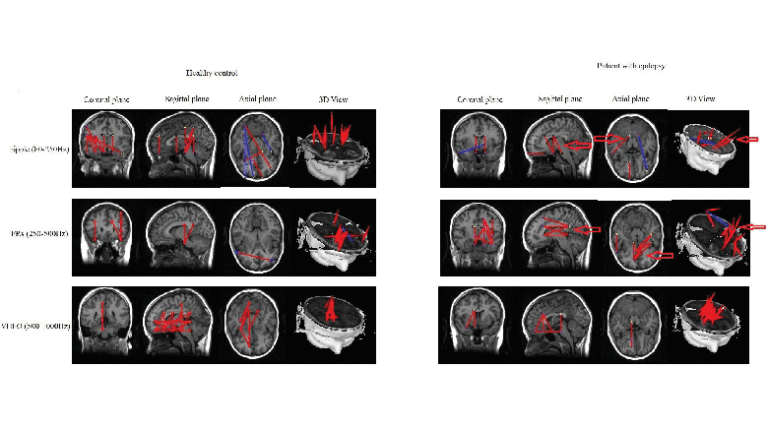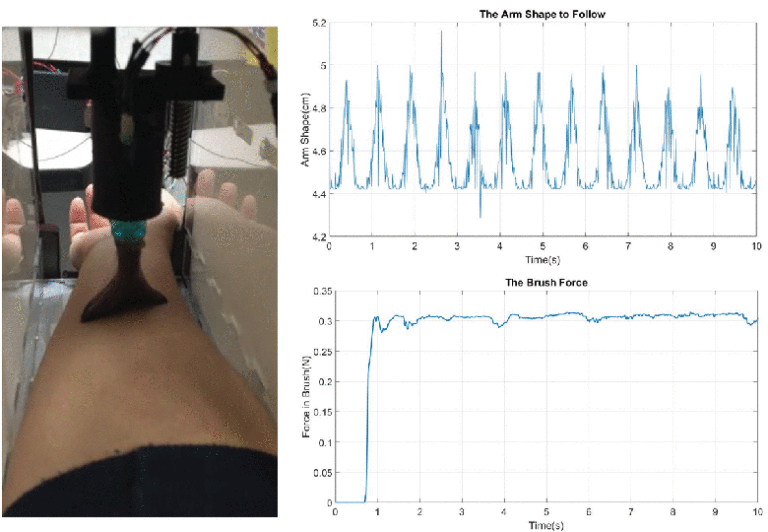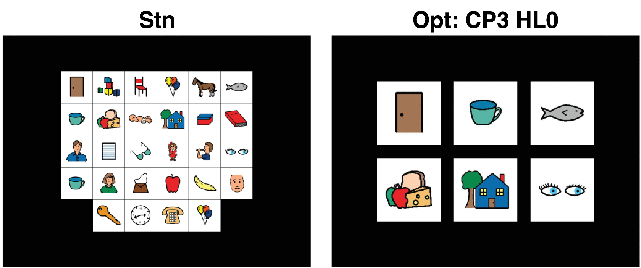A Magnetoencephalography Study of Pediatric Interictal Neuromagnetic Activity Changes and Brain Network Alterations Caused by Epilepsy in the High Frequency (80–1000 Hz)
https://www.embs.org/tnsre/wp-content/uploads/sites/15/2019/03/meng5-2898683-hires.gif
780
435
Transactions on Neural Systems and Rehabilitation Engineering (TNSRE)
//www.embs.org/tnsre/wp-content/uploads/sites/15/2022/06/ieee-tnsre-logo2x.png
More and more studies propose that high frequency brain signals are promising biomarkers of epileptogenic zone. In this paper, our aim is to investigate the neuromagnetic changes and brain network…
read more


